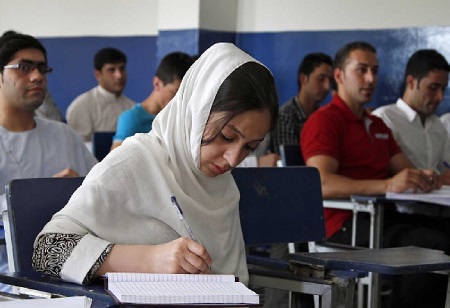UNICEF has announced plans to open around a thousand educational classes in Afghanistan, aiming to provide educational opportunities for approximately 140,000 Afghan children during the nation's severe humanitarian crisis under Taliban rule. The organization asserts that these educational programs will promote learning, inspiration, and the development of a brighter future. Furthermore, UNICEF plans to establish 950 educational classes in Afghanistan with financial support from South Korea. This announcement comes amid restrictions on girls' education beyond the sixth grade imposed by the Taliban regime in Afghanistan.
Taliban-imposed restrictions have resulted in over a million Afghan girls being deprived of education, with nearly 100,000 female school teachers losing their jobs. Additionally, thousands of women and girls are being denied opportunities for further education. These limitations have adversely affected the rights of Afghan women and girls to access education. Despite the Taliban's initial commitment to a moderate stance on women's rights following their assumption of power in August 2021, the prohibition on higher education is among several measures taken by the group to increase segregation and curtail women's participation in society.
Following the events in August 2021, the Taliban implemented a ban preventing girls from attending school beyond the sixth grade. They also imposed stringent regulations mandating women to wear hijabs and restricting their travel to only occur with a male companion. The Taliban's actions included the closure of beauty salons and the prohibition of women working with domestic and international non-governmental aid groups, resulting in widespread international condemnation. UNICEF, originally known as the United Nations International Children's Emergency Fund, was established on December 11, 1946, in New York by the U.N. Relief Rehabilitation Administration. It was created to provide immediate assistance to children and mothers affected by World War II. In 1950, its mission expanded to address the long-term needs of children and women, particularly in developing nations.

